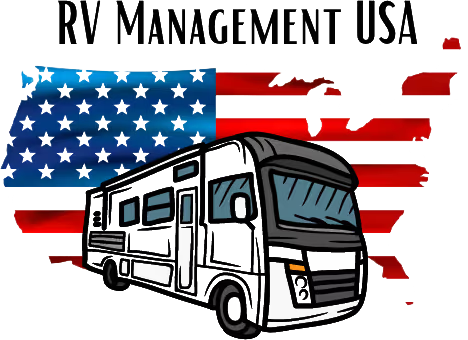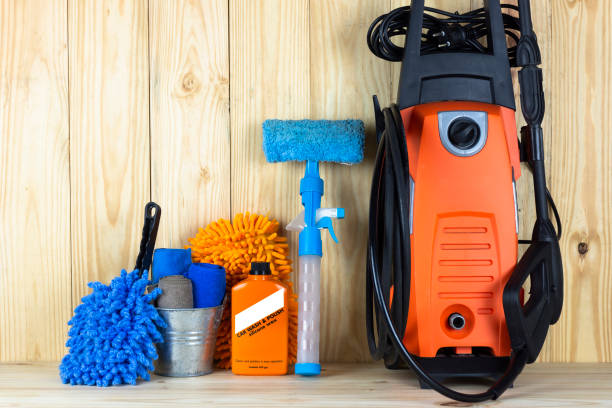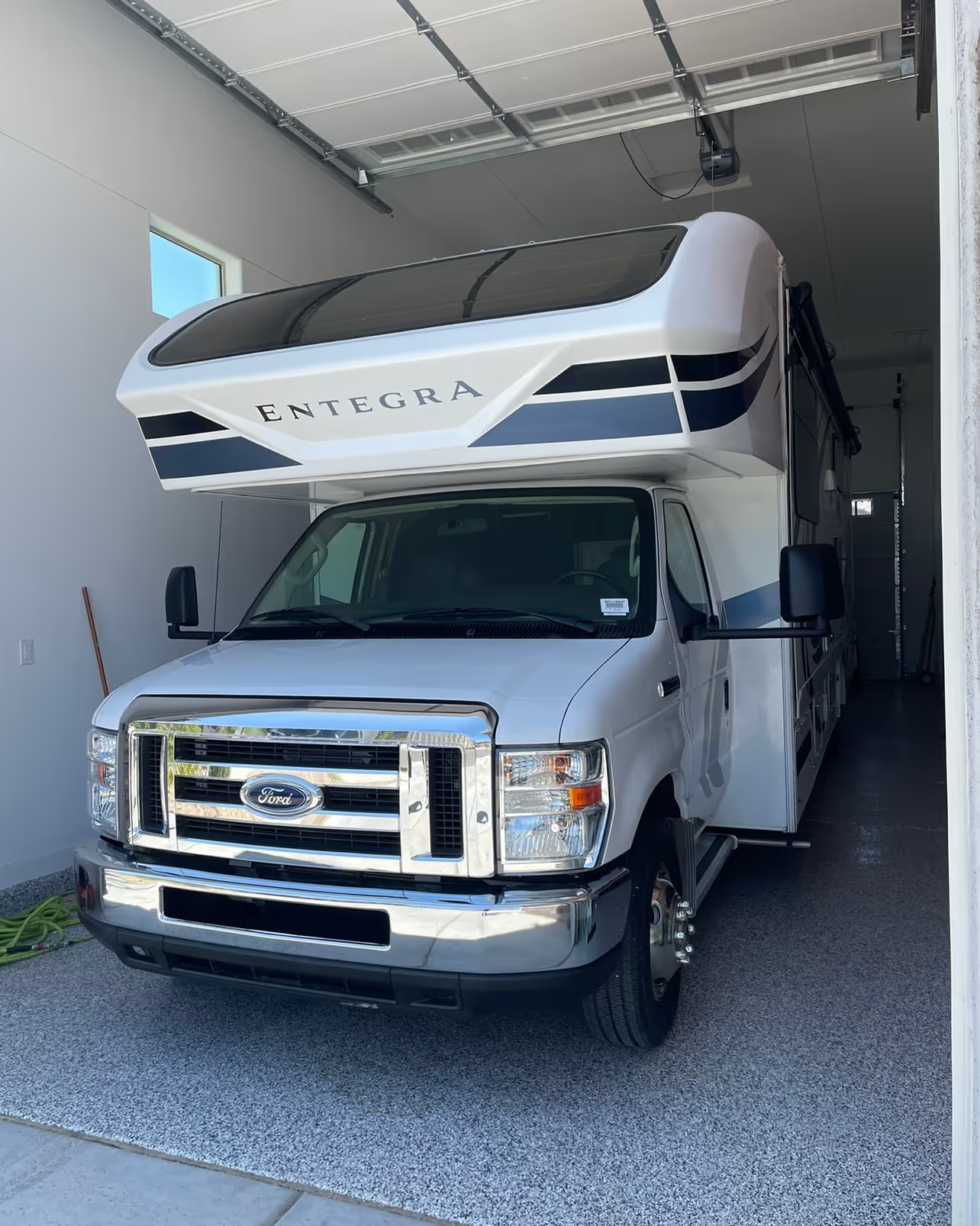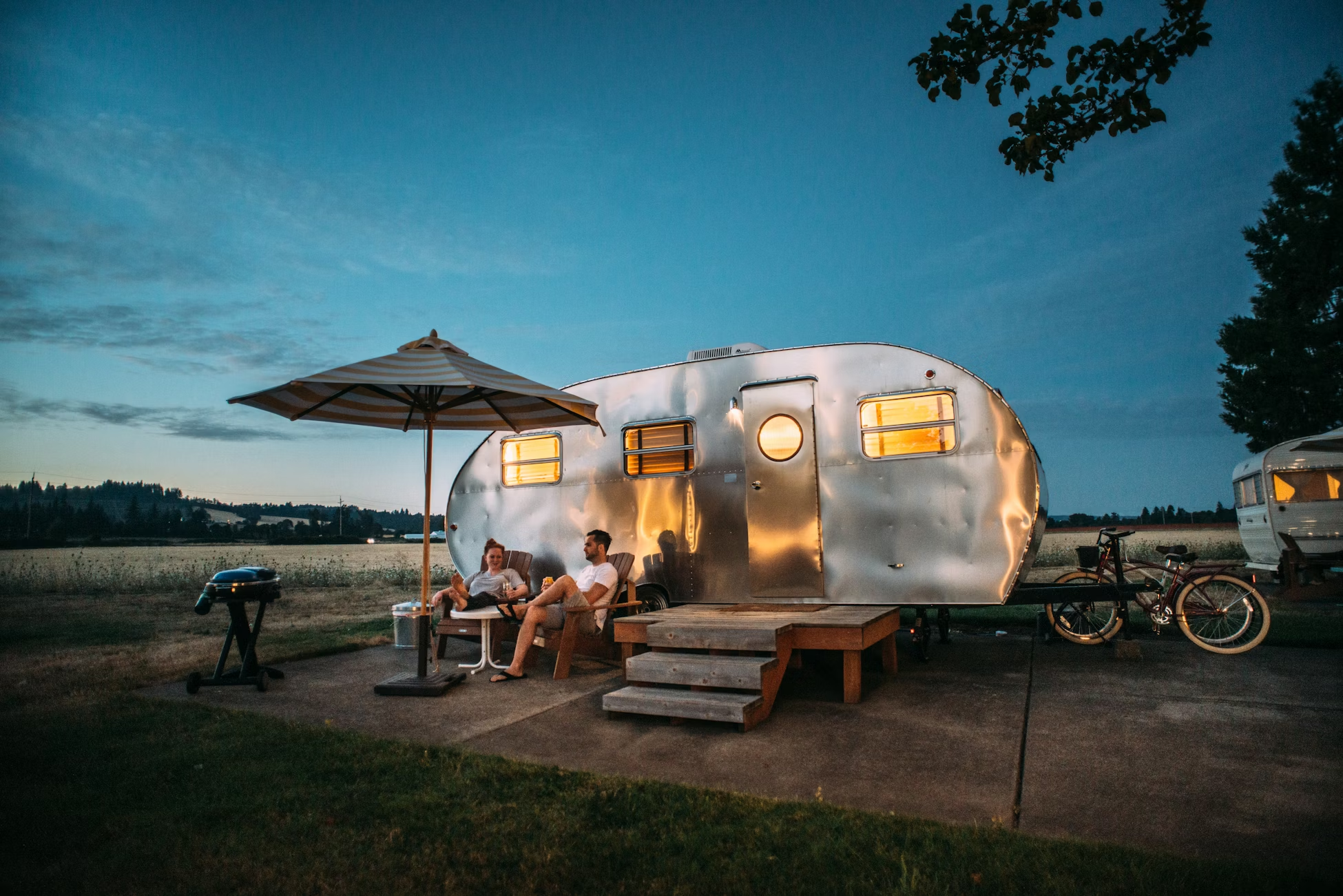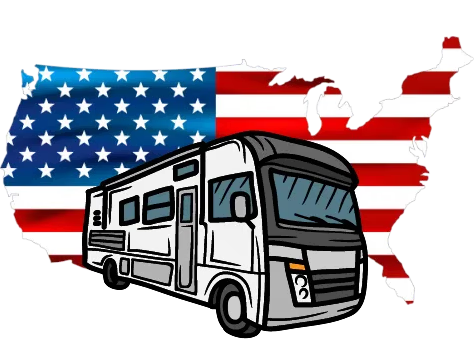No matter how well you care for it, every RV eventually needs repairs—whether it’s a dead battery, a leaky roof seam, or a failed fridge in the middle of summer.
If you’re managing your RV on your own, these repairs can derail your season, eat into your profits, and demand hours of coordination with vendors and renters.
But if your RV is part of a professional rental management program like RV Management USA, the story is very different.
In this article, we’ll walk through exactly what happens when your RV needs repairs under management—so you know what to expect, how you’re protected, and why this system saves you time, stress, and money.
Table of Contents
- Why Repairs Are Inevitable (Even with Great Maintenance)
- The Difference Between Reactive and Proactive Management
- How Repairs Are Identified in the First Place
- Territory Manager Role in Diagnosing and Reporting
- Vendor Coordination and Trusted Tech Networks
- Who Pays? Insurance, Warranty, and Renter Liability
- How Repairs Are Tracked and Logged
- Protecting Your Revenue During Downtime
- Final Thoughts
1. Why Repairs Are Inevitable (Even with Great Maintenance)
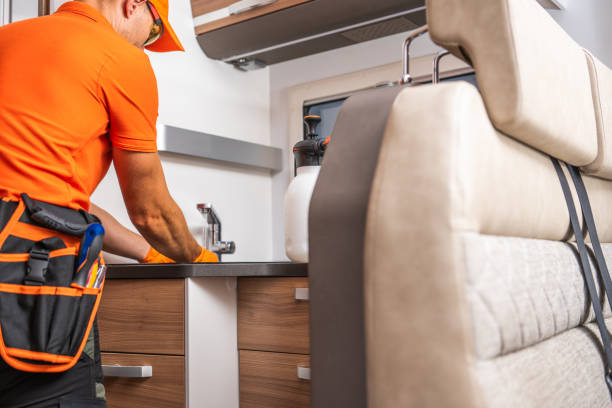
RV systems are complex: appliances, power inverters, plumbing, heating, slide-outs, mechanical components... even with flawless care, things wear out.
Common repair situations include:
- AC or furnace failures
- Plumbing clogs or leaks
- Power system glitches or inverter burnout
- Awning motor issues
- Water pump or heater problems
- Fridge breakdowns
- Roof or seal damage from weather
- Structural damage from renter mishaps
Some issues arise from heavy use. Others are due to age, design flaws, or simple wear. A good management system accepts this reality—and plans for it.
2. The Difference Between Reactive and Proactive Management
When you manage your RV yourself, repairs often feel like emergencies. You find out when something breaks. You scramble to fix it. You cancel a booking or two. And by the time it’s over, your profit margin’s taken a hit.
In a professionally managed system, repairs are handled proactively.
- Regular inspections catch small issues early
- Territory Managers listen for warning signs renters might miss
- Preventative care reduces system failure rates
- Vendors are pre-vetted and on standby
- You stay informed—but not involved in the chaos
Instead of reacting to problems, management teams resolve them before they impact earnings.
3. How Repairs Are Identified in the First Place
Repairs typically fall into one of three detection categories:
1. Post-Rental Inspections
Every trip ends with a comprehensive walkthrough. The Territory Manager checks for:
- Visible damage
- System irregularities
- Wear that wasn’t there before
- Functionality of all key systems
2. Guest Reports
Some issues surface mid-trip (e.g. the fridge stops cooling, or water pressure dips). Guests contact the RVM support line, and the Territory Manager or vendor is dispatched.
3. Scheduled Preventative Checks
Quarterly or seasonal inspections might uncover issues like aging tires, soft flooring, or cracks in roof sealant. These are flagged before they become urgent.
In every case, the issue is documented, photographed, and reported through the RVM system.
4. Territory Manager Role in Diagnosing and Reporting

Once a repair need is identified, the Territory Manager acts as the first responder and project manager. Their job is to:
- Document the issue with photos and descriptions
- Determine severity and whether the unit can still be rented safely
- Contact a repair vendor if needed
- Upload the issue to your owner dashboard
- Let you know what’s happening, the next steps, and the estimated timeline
This role eliminates the classic DIY headache: chasing updates, explaining RV systems to a random tech, or wondering what a renter broke.
5. Vendor Coordination and Trusted Tech Networks
One of the biggest benefits of being in a rental program is access to trusted vendors.
RV Management USA has built relationships with:
- Mobile RV repair techs
- Certified shops for appliances and electrical systems
- Structural and body repair vendors
- Plumbing and tank specialists
- Tire, brake, and alignment providers
These partnerships mean:
- Faster service times (you’re not at the back of a long queue)
- Bulk pricing or repeat-customer discounts
- Clear communication between the manager and technician
- Consistent quality, since vendors are familiar with RVM standards
You don’t have to shop around. The manager gets it done.
6. Who Pays? Insurance, Warranty, and Renter Liability
This is the part every RV owner wants to know: Who foots the bill?
The answer depends on the cause:
If the repair is due to a renter's misuse or accident:
- The renter’s security deposit is used first
- Additional damage may be covered by the commercial rental insurance policy
- The claim is filed by RVM, not you
- You’re reimbursed for repairs minus any applicable deductibles
If it’s a warranty issue:
- The TM coordinates with the manufacturer or component vendor
- Work is completed at a qualified shop
- You’re notified but not tasked with paperwork or calls
If it’s regular wear and tear:
- RVM typically handles coordination
- Owners are given a quote and approval options
- In many cases, work is bundled with seasonal service to reduce labor fees
Bottom line: You're never left in the dark—and you're only paying for what you're truly responsible for.
7. How Repairs Are Tracked and Logged

All repairs are entered into a digital log tied to your specific unit. This log includes:
- The nature of the issue
- Date of discovery
- Photos and inspection notes
- Vendor name and invoice
- Outcome or follow-up actions
Why does this matter?
- It creates a complete maintenance history
- It increases resale value
- It helps you see patterns (e.g., appliance that keeps failing)
- It ensures transparency and accountability
You can access this data at any time through your RVM owner portal.
8. Protecting Your Revenue During Downtime
Every day your RV is off the road is potential income lost. That’s why minimizing downtime is baked into the RVM repair process.
Key tactics include:
- Using mobile repair vendors whenever possible
- Having spare parts on hand (fuses, hoses, door latches)
- Preemptively blocking one buffer day after each rental
- Swapping in a similar unit for the guest if needed (fleet-level coverage)
This approach reduces cancellations and refund requests—and helps owners keep earning, even when repairs happen.
9. Final Thoughts
Repairs are part of the RV ownership journey. The difference lies in how they’re handled.
When you manage an RV yourself, every repair is a time-consuming problem that threatens your season’s income. But when you’re partnered with RV Management USA, repairs become just another part of the system.
You’re informed. Protected. And free to focus on what matters—growing your income, not fixing broken appliances.
So if you’ve been asking “what happens when something breaks?”—you now know:
It gets noticed early, handled quickly, and resolved professionally.
– RVM Team
